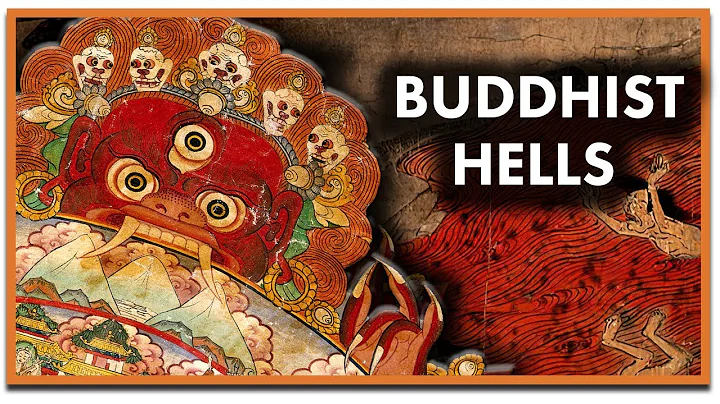Buddhism was introduced to China during the Han Dynasty, and the development of Buddhist architecture reached its peak in the four or five hundred years from the Southern and Northern Dynasties to the Sui and Tang . Over the past two years, temples, pagodas, sutras and grottoes and temples have all displayed the beauty of Chinese Buddhist .
Have you ever noticed the eaves of the temple when you go to the temple to make a pilgrimage? Jewels, treasure wheels, vine grass ... These most unintentional beauty in Buddhism is like flowers of eternal life, and is timelessly flourished in Buddhist history and culture.
Now, let us celebrate the exquisite ornaments on the roof of Nanhua Zen Temple .

Caoxi Gate is the original first mountain gate of Nanhua Zen Temple. Its original site is under the big camphor tree west of today's gate and has been rebuilt throughout the ages. The current Caoxi Gate was rebuilt in 1986 according to the old door format, and the reinforced concrete structure was rebuilt.
The current Caoxi Gate is a double-eaved hip roof. Square columns are used in the open. One bucket and three liter brackets are used for both the pillars and the corners, the glazed pearl ridge, the vine grass ridge, and the Kuilong ridge. The roof is covered with green glazed tiles. There are two huge Hum and Ha generals in the front of the door, with majestic shape.
The picture shows the golden bead of the roof of Caoxi Gate, Nanhua Temple, Shaoguan, Guangdong.

Nanhua Zen Temple Baolin Gate was originally a hard mountain brick and wood structure, with ordinary board tiles covering, and the old site is on the west side of today.
 994 was changed to a double-eaved hip roof, with green glazed tiles on the roof. A pair of ridges in the middle of main ridges reappeared in the middle of ridges. The glazed pearl ridges are the main and secondary ridges. The entire building has no columns and beams, and the brick walls are directly to the top.
994 was changed to a double-eaved hip roof, with green glazed tiles on the roof. A pair of ridges in the middle of main ridges reappeared in the middle of ridges. The glazed pearl ridges are the main and secondary ridges. The entire building has no columns and beams, and the brick walls are directly to the top.
The picture shows the purple bead of the Baolin Gate of Nanhua Zen Temple.

Nanhua Zen Temple Heavenly King Hall Single-eaves hip top , green glazed tile surface, glazed treasure wheel ridge, vine grass ridge kiss, Kuilong ridge head, flying eaves up decoration of vine grass, and a lion is placed at each end of the hanging ridge.
The picture shows the double deer treasure wheel on the ridge of the Heavenly King Hall of Nanhua Zen Temple.
Nanhua Zen Temple was first built in the tenth year of Dade in the Yuan Dynasty (1306 AD). In 1936, the abbot Xuyun was moved to relocate according to the size of the old temple.
The rebuilt Main Hall is a brick and wood structure with a double-eaved hip roof. The beam-type structure is equipped with seven beams, seven thighs are used in front and back, three truncated, and truncated seats. sills are laid as eight flowers (including corners); truncated is laid as truncated is laid as truncated is laid as truncated is laid as truncated is laid as truncated is laid as truncated is laid as truncated is laid as truncated is laid as truncated is laid as truncated is laid as truncated is laid as truncated is laid as truncated is laid as truncated is laid as truncated is laid as truncated is laid as truncated is laid as truncated is laid as truncated is laid as truncated is la
green glazed tile surface, gray ridge, pearl ridge, vine grass ridge, Kuilong ridge head, upper eaves ridge raised to decorate vine grass, secondary steps ridge raised to decorate Kuilong, the entire temple is tall and majestic, with strict structure, balanced load, beautiful and spectacular.
The picture shows the Pisces treasure wheel of the main hall of Nanhua Zen Temple.

Haishan top of the main hall of Nanhua Zen Temple.

The green glazed tile surface of the main hall of Nanhua Zen Temple, gray ridge, treasure wheel ridge, vine grass ridge kiss, Kuilong ridge head.
On the east side of the main hall of Nanhua Zen Temple, the upper eaves are curled up and decorated with vines.

On the west side of the main hall of Nanhua Zen Temple, the upper eaves are curled up and decorated with vines.

The side of the main hall of Nanhua Zen Temple is the ridge raised to decorate the Kuilong.
The secondary steps on the east side of the main hall of Nanhua Zen Temple are raised to decorate the Kuilong.
The secondary steps of the main hall of Nanhua Zen Temple are raised to decorate the details of Kuilong.

Valkyrie elephant on the roof of the Main Hall of Nanhua Zen Temple.
Image source丨Ten Wish Encyclopedia
Photography丨Miaochuan







![[English] Who Am I - Lecture 1 - Ven. Guan Cheng - DayDayNews](https://i.ytimg.com/vi/KU0fUs2It5o/hq720.jpg?sqp=-oaymwEcCNAFEJQDSFXyq4qpAw4IARUAAIhCGAFwAcABBg==&rs=AOn4CLDFpQUN_QwRfC7bmP4sUadq-RcYdg)
![A Moving Masterpiece 清明上河图 [English narration] - DayDayNews](https://i.ytimg.com/vi/kxff-4GktOI/hqdefault.jpg?sqp=-oaymwEcCOADEI4CSFXyq4qpAw4IARUAAIhCGAFwAcABBg==&rs=AOn4CLBtHGLeUpJNCYDJYnZTuISQ1N5Vag)


